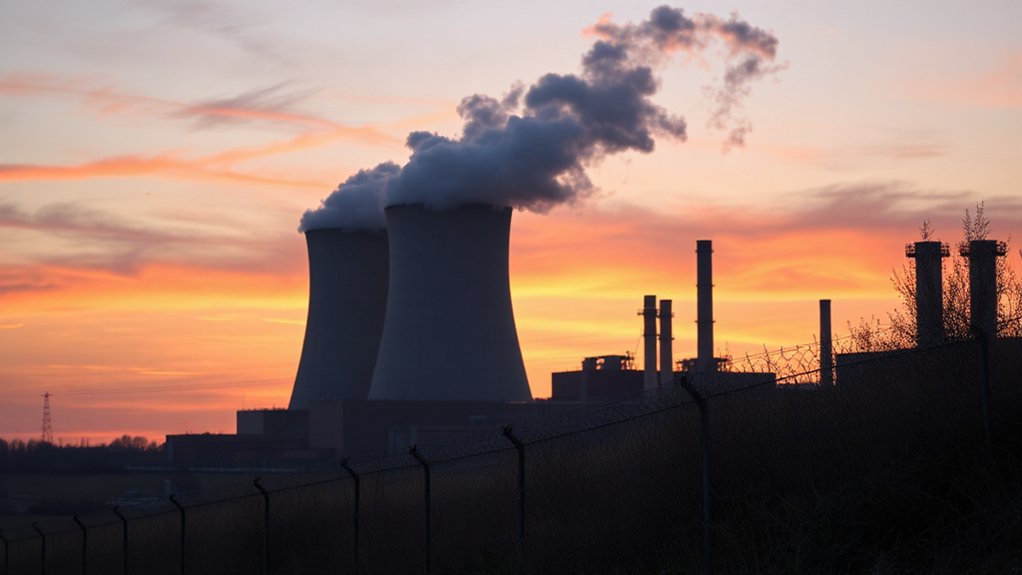Clean air, water, and electricity form the foundation of thriving communities. Air pollution causes 7 million premature deaths yearly, while contaminated water leads to 485,000 child deaths annually. Communities with these essentials show better health outcomes, increased productivity, and stronger economic growth. Renewable energy sources like solar now contribute considerably to global electricity, preventing 2.6 billion tonnes of carbon dioxide emissions yearly. These interconnected benefits create healthier, more prosperous places to live.
The essentials of modern life—clean air, safe water, and reliable electricity—continue to transform communities worldwide while remaining out of reach for billions. Air pollution causes about 7 million premature deaths annually, with fine particles damaging lungs and hearts. Despite this toll, many regions have shown that regulations work, markedly improving urban air quality where implemented.
Nearly 2 billion people still lack access to safe drinking water. Contaminated water leads to widespread illness, with diarrheal diseases killing over 485,000 children under five each year. The economic impact is enormous, but there’s a silver lining: every dollar invested in clean water infrastructure returns about four dollars in economic benefits.
Electricity access has expanded dramatically, with over 40% now coming from clean sources. Hydropower contributes 14.3% and nuclear adds 9% to the global mix. Solar power is proving to be the unstoppable force in the global energy transition, especially when paired with battery storage. Solar energy systems offer minimal maintenance costs compared to traditional power generation methods, making them increasingly attractive for long-term investment. Demand continues to surge, especially in buildings, which saw a 5% increase in 2024 alone. Reliable power supports everything from healthcare facilities to schools and small businesses.
Renewable energy growth hit record levels in 2024, led by solar photovoltaic installations. Solar, wind, and other renewables are projected to meet one-third of new electricity demand through 2027. In 2024, electricity demand grew nearly twice as fast as wider energy demand, driven by increased cooling needs and electrification of transport. Major economies like China, the United States, and India will soon see solar providing over 10% of their electricity. These clean energy sources have already prevented 2.6 billion tonnes of carbon dioxide emissions annually.
The benefits extend beyond environmental protection. Communities with clean air and water experience fewer respiratory and heart problems. Workers miss fewer days due to illness, and productivity rises. Property values increase, and new businesses are more likely to invest in areas with reliable infrastructure.
The connection between these three elements creates a foundation for prosperity. While progress continues, the challenge remains to extend these essentials to all communities, creating a world where clean air, water, and electricity aren’t luxuries but fundamental human rights available to everyone.
References
- https://ember-energy.org/latest-insights/global-electricity-review-2025/
- https://www.iea.org/reports/global-energy-review-2025
- https://www.iea.org/reports/global-energy-review-2025/electricity
- https://ember-energy.org/app/uploads/2025/04/Report-Global-Electricity-Review-2025.pdf
- https://iea.blob.core.windows.net/assets/38a95939-ae3f-4e6b-8b33-f203cc18e02d/Electricity2025.pdf








